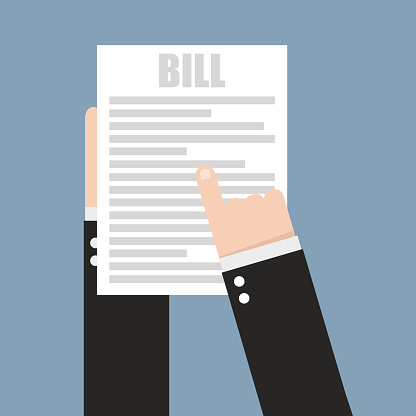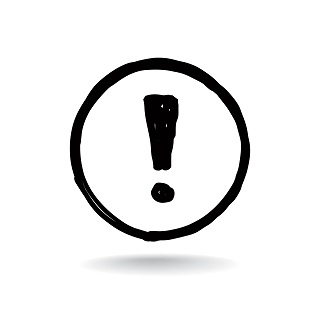
It’s important to keep in mind that health insurance plans in the United States aren’t designed to cover everything and different types of insurance plans will cover different things. Ideally, an insurance plan will help cover a large portion of the bills that you incur from a doctor’s office or hospital, but there is a chance that you may seek treatment for something that your plan doesn’t cover – which means that you could be responsible for the entire bill yourself.
We’re here to help you answer this question: How do I know what my insurance plan will cover?
Suggestion #1: Read your Policy Brochure or Certificate
After purchasing your insurance plan you will receive a variety of documents that should include a copy of your insurance ID card along with a copy of your policy brochure and certificate. These will typically be emailed to you, but they can also be mailed so you might not receive them instantly. Contained within these documents, or included as supplementary documents, these will outline how to use your plan, what doctors you can visit, and what your plan will and won’t cover. Reading over your policy documents, especially the exclusions section (this is what your plan does not cover) will quickly allow you to confirm if something will be covered by your plan or not.
Tip: Since English is likely your second language this first suggestion can be confusing, depending on the words that are used within your insurance documents. If you are struggling with the first suggestion, it may be best to skip to suggestion #2.
Suggestion #2: Contact the Insurance Company
If you would prefer to talk to someone about your upcoming visit, that is also an option and may be the easiest one as well. The number on your insurance ID card should allow you to talk to a customer service representative at any time and depending on the company, translators may be available. If you aren’t familiar with the US healthcare system or insurance, asking your questions to a real, live person will be much more helpful than stumbling over confusing insurance terms used in a policy brochure or certificate.
Tip: It never hurts to ask for a translator – even if one isn’t available at that time, odds are that you can receive a call back once a translator is able to assist you.

In most cases, even someone working at the health insurance company won’t be able to confirm if your medical bills will be covered until after you have sought treatment and filed a claim.
This can be frustrating at times, but medical claims are paid based on medical records, so without the notes from your doctor’s appointment in-hand, your insurance can’t know if your visit was eligible for coverage. If you are going to the doctor for a ‘straightforward visit’, such as getting an annual check-up, your insurance company should be able to confirm without much doubt if this type of visit would be covered by your plan. However, if you’re going to the doctor for a pain – this is more ambiguous, and medical records will be needed to determine if your visit will be covered by your insurance.
Tip: If you have time before an appointment be sure to phone the provider to make sure they are part of your insurance plan’s provider network. You can also call the number on your ID card or use an online provider search tool to help ensure that you visit a doctor that will accept your insurance plan.
Do you have any questions? If so, leave us a comment below and we’ll be happy to get back to you with an answer!

This blog was very informative! I learned so much about insurance plans and your explanations made it easy to understand. Thank you for sharing your expertise. Great work!
Hi Gary Mann,
Thanks for your comment. We are glad to know that you like it.